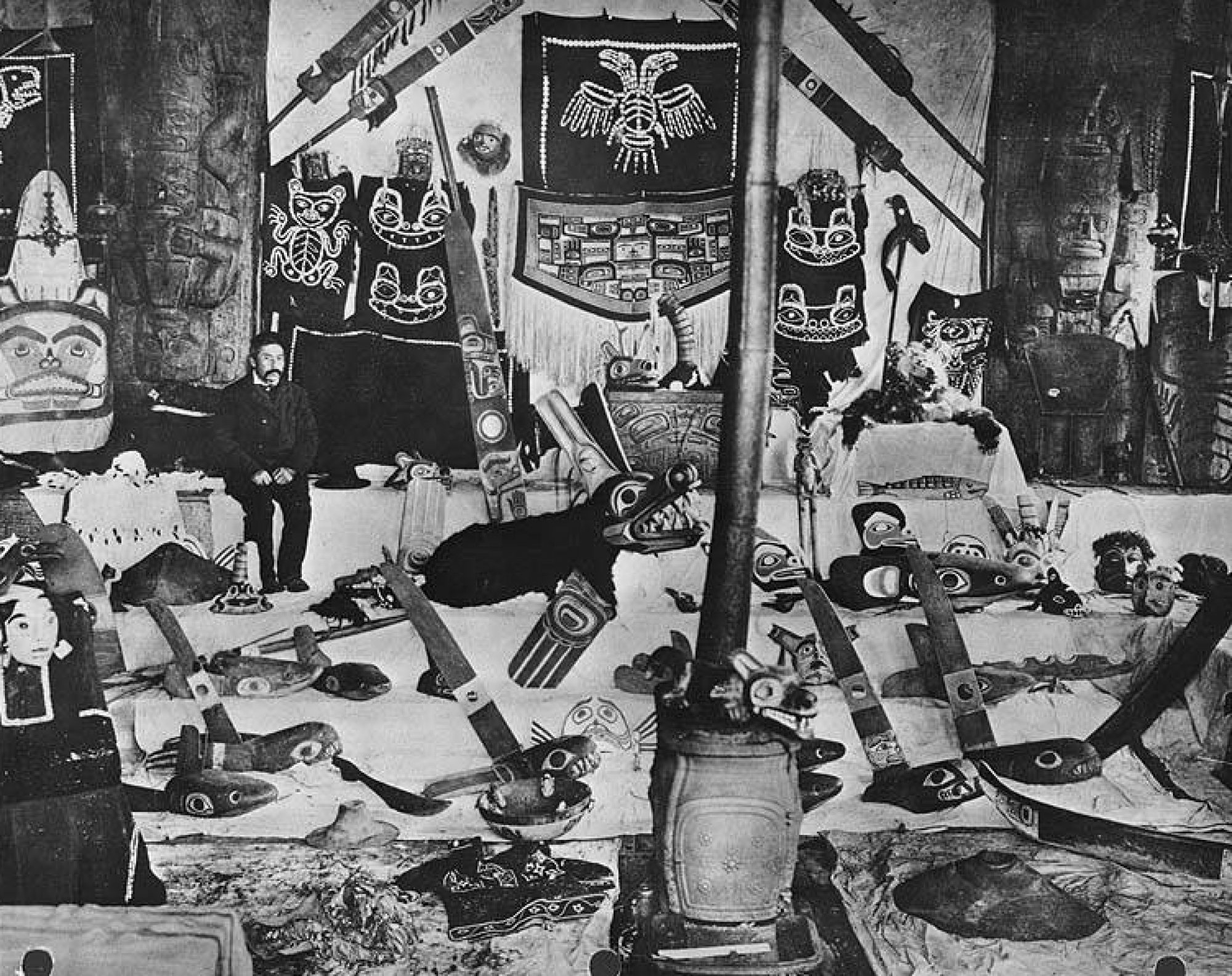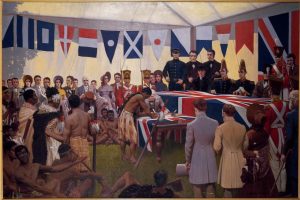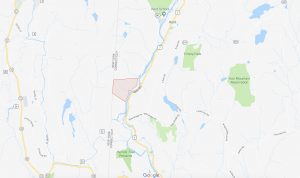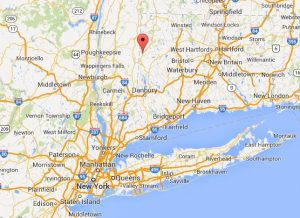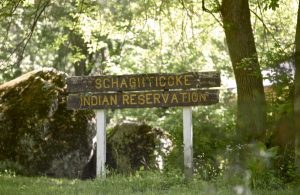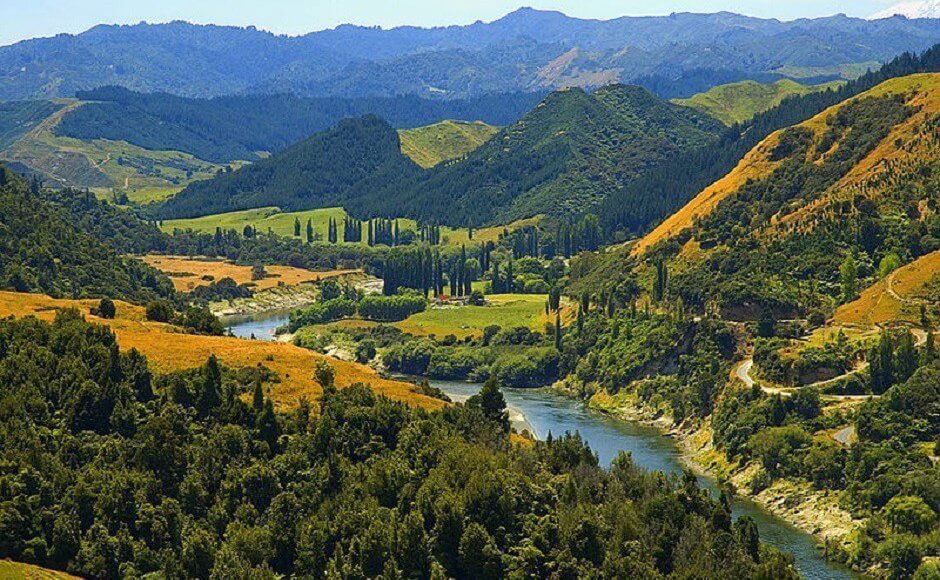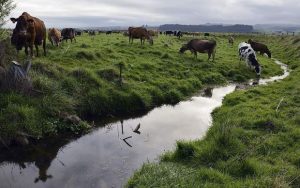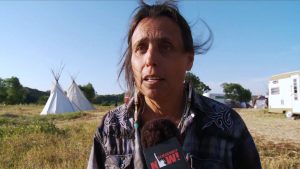Biographical Timeline | Leadership Qualities | Renaming Mt. Rainier | References
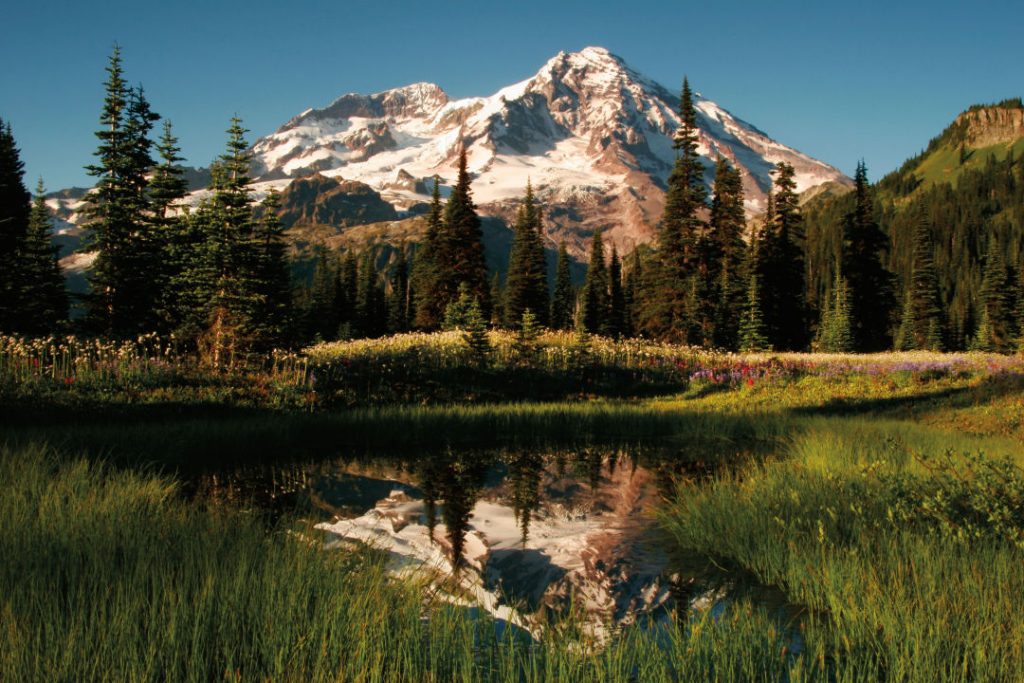
One of Washington’s most well-known landmarks is Mt. Rainier, named after Peter Rainier, a friend of the colonizer George Vancouver. In fact, the volcano is so loved that the University of Washington designed portions of its campus, the Rainier Vista, to ensure the perfect view of it.
Long before Vancouver ever laid eyes on Mt. Rainier, multiple Pacific Northwest Indigenous tribes gathered at, explored and built a relationship with the volcano. This relationship dates back to at least 5,000 BCE; while only a minuscule portion of Mt. Rainier’s area has been covered by archeologists, over 75 prehistoric sites and items have been discovered. While no singular tribe necessarily lived on the volcano, there is a multitude of tribes that visited and cherished Mt. Rainier–originally known as a variety of names, including Tahoma, Tacoma, Pooskaus, Tacobeh, or Ti’Swaq’. Puyallup activist Robert Satiacum has been fighting to get Mt. Rainier renamed to this last name, Ti’Swaq’, which translates into “the sky wiper,” or “it touches the sky.” The multitude of names reflects the multitude of languages, people, and culture that blossomed around Ti’Swaq’. “Mt. Rainier” erases the presence of the local Indigenous People and the history that they share with the volcano, and instead dishonors Ti’Swaq’ by naming it after a colonizing figure that never saw it. This incorrect name promotes a colonizing agenda that has worked for centuries to destroy Indigenous culture, heritage, and belonging to the land.
In the Syilx Nation, traditional land and water connections are embedded in their identities and local dialects. Members are raised to value the collaboration of individuals in skilled work, along with the consistent presence and respect that the Earth holds while completing their duties. As such, naming practices of landmarks are vital to Cpcaptikwlh (story-telling) because these titles encompass all of the historical, geographical, science, and cultural knowledge of the Syilx Nation. Through this, Jeanette Armstrong’s model of eco-literacy, the healthy relationship between Indigenous people and the community, land, and water, is restored. Likewise, reestablishing traditional names rejects economic colonial practices of land-ownership and exploitation. Therefore, by reestablishing Mt. Rainier to its true name, Ti’Swaq’, Armstrong’s teachings suggest that the abuses of power and miscommunication from colonizers would be reduced. This would restore Indigenous land memories, local dialects, and traditional land and water use.
In the Syilx (Nsyilxcən) language, all words and phrases have been shaped by the traditional land and water connections. Tmxʷulaxʷ (land), is a symbolic term that provides a framework to interpret the oral traditions, education, and traditional frameworks and values that govern them. Thus, also serving as the foundation for Jeanette Armstrong’s core beliefs and teachings. Similarly to the Puyallup people’s commitment to restoring Mt. Rainier to Ti’Swaq’, the Syilx Nation demanded unceded landmarks to include their traditional Indigenous names alongside their English titles.
Naramata, currently home to numerous Canadian vineyards, was originally known as citxʷs paqəlqyn or “House of the Bald Eagle”. In 2018, the Naramata Park Naming Project, after commissioning a public poll, modified all city landmark signs to include its true name, citxʷs paqəlqyn. This momentous achievement serves as a permanent acknowledgment of the colonial assimilation practices used against Indigenous peoples and their land and waterways. Moreover, with the inclusion of the Syilx (Nsyilxcən) title, Syilx people are able to reform land-based connections and begin the reconciliation process of regaining their lost language.
Another significant achievement for the Syilx Nation was permanently erecting their nation’s flag at the University of British Columbia Okanagan in September 2018. Flown alongside the Canadian flag, British Columbia flag, and the UBC flag, the Syilx Nation flag represents the University’s acknowledgment of their position on unceded traditional land and waterways. This event took place in 2018, while students, faculty members, and Syilx members witnessed. Jeanette Armstrong, as both a Syilx Member and professor at the University of British Columbia Okanagan, spoke from a unique perspective about combining western education with traditional teachings of the land and Syilx culture. With four of her students, they raised the flag and sung “We Are Beautiful”. Grand Chief Stewart Phillip, the Okanagan Nation Alliance Chairman, regarded this event as recognition of their distinct position as students and staff at the university. Presidents of the UBC was proud of having more diversity on the campus by creating tribal nation flags. Also, by having a stronger Syilx presence on campus, students who are unfamiliar with Indigenous Studies will be able to learn about colonialism and their ongoing effects through Syilx teachers, such as Armstrong. Moving forward, there will be more classes and projects about the Syilx culture offered in the Indigenous Studies program. This relates to the renaming of Mt. Rainier because the Okanagan gained recognition and partnership from the University of British Columbia.
The assimilation practices in Canada and the United States of America sought to eliminate the Indigenous peoples’ identity, by claiming ownership of the traditional lands and waters that held their languages, cultures, and traditional frameworks and values. The reclaiming of Naramata and UBCO serve as examples that reinstating traditional place-making would allow for the revitalization of Indigenous cultures. Therefore, through the understanding of Jeanette Armstrong’s eco-literacy philosophy, Mt. Rainier should be renamed to Ti’Swaq’ to properly honor the Pacific Northwest Indigenous peoples and begin the healing process.
